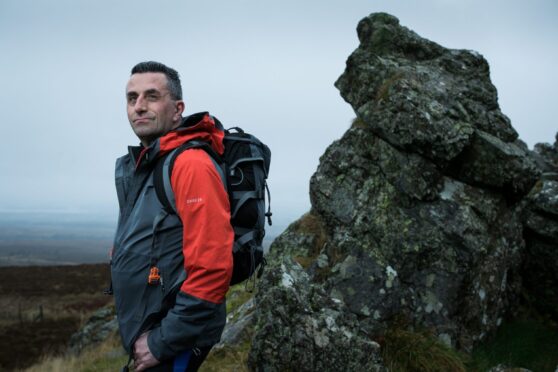
When Donald McInnes fell almost 100 feet down Ben More he struck rocks and ledges, causing life-threatening injuries to his vital organs and breaking bones.
The 53-year-old dad of two, from Erskine, was on a weekend climb with friends on the 3,852ft-high Stirlingshire mountain when he careered down the steep, icy face.
It happened in a split second as he turned to admire the view.
Within seconds he crashed down the mountain, known as one of the steepest in Scotland.
Rescue operation
What happened afterwards reveals the awesome lifesaving operation by local Killin Mountain Rescue Team, a Coastguard helicopter with air paramedic, and the trauma and surgical teams at the Queen Elizabeth University Hospital in Glasgow.
“I had been climbing with a friend on a challenging snow-covered Ben More when, without warning, I slipped and fell,” he said. “All I could feel was my heels crashing and bumping down the rocky, snowy hillside. I thought that, whatever happens now, I am not going to die!
“My friend feared I had and called the emergency services while I responded to his pleas to speak.
“I knew I was badly injured and felt a heavy weight on my chest.”
Even being fully kitted for climbing was no guarantee against injury while challenging Scotland’s mountains.
Killin Mountain Rescue Team and a Coastguard helicopter were summoned.
Donald began to shiver and, fearing hypothermia, his friend hugged into him to keep him warm.
His spleen, pancreas, lung and kidney were damaged and his rib cage, pelvis and left arm were all fractured and the clock was ticking on his survival.
“I just concentrated on staying alive,” he said.
Shortly after, a Coastguard helicopter whirred overhead with a paramedic and three Killin Mountain rescuers on board.
A paramedic was lowered to assess the injuries and radioed back to the pilot that he needed immediate transfer to hospital.
While he was being readied to be airlifted, three mountain rescuers were lowered to attend to Donald’s shocked friend.
He said: “The paramedic kept me talking, conscious, throughout the airlift and flight to the Queen Elizabeth hospital in Glasgow where the A&E team and surgeons worked to save me.
“At the hospital I was told I would undergo to two operations and then be put into a coma. It was for six days.”
‘I realised how lucky I was to be alive’
He emerged in the high dependency unit, desperate to get back on his feet.
Soon he was walking the length of the ward, when physiotherapists suggesting a target of halfway.
He added: “I realised how lucky I was to be alive and wanted to do everything possible to recover and get back to my family.
“My parents have spent 70 years working in the NHS, my dad as a doctor and mum a nurse, and have always appreciated its care.
“My wife Jane and children Fraser and Zoe were at the hospital along with my brother, Hugh, within hours of me falling.
“Their wonderful support has seen me through all of this and allowed me to return to my job as the food and nutritionist for West Dunbartonshire Council, ensuring that every child has a school meal. It’s a job I love.
“Without Killin Mountain Rescue Team, the Coastguard and all the hospital staff, I wouldn’t be here today.”
It was one for the helicopter…urgent medical treatment
Richard Eadington, Killin Mountain Rescue Team Leader says he remembers the call-out at one of the many challenging ones.
He said: “Ben More is one of the difficult mountains to climb. When we got the call from the police, I knew it was difficult terrain because a simple trip or slip can have much worse consequences for climbers.
“This was one for a helicopter evacuation because the climber was likely to be seriously injured and in need of urgent medical treatment.”
With the clock ticking on the life of a seriously injured climber, the Coastguard collected the mountain rescue team and headed for the accident spot.
“There was snow and ice, making for a rapid descent from a steep mountain,” Richard added.
“The paramedic was lowered first and then us, all in brutal wind conditions. We could see Donald was already ‘packaged’ and ready to be secured to the paramedic to be airlifted to the helicopter whirring overhead. His friend was shaken by it all and we guided him back down the hill to safety. Both climbers were kitted out in good climbing gear but the pyramid shape of Ben More is unforgiving should you lose your footing.”
He added that saving climbers in all weathers makes their voluntary role in mountain rescue worthwhile.

Enjoy the convenience of having The Sunday Post delivered as a digital ePaper straight to your smartphone, tablet or computer.
Subscribe for only £5.49 a month and enjoy all the benefits of the printed paper as a digital replica.
Subscribe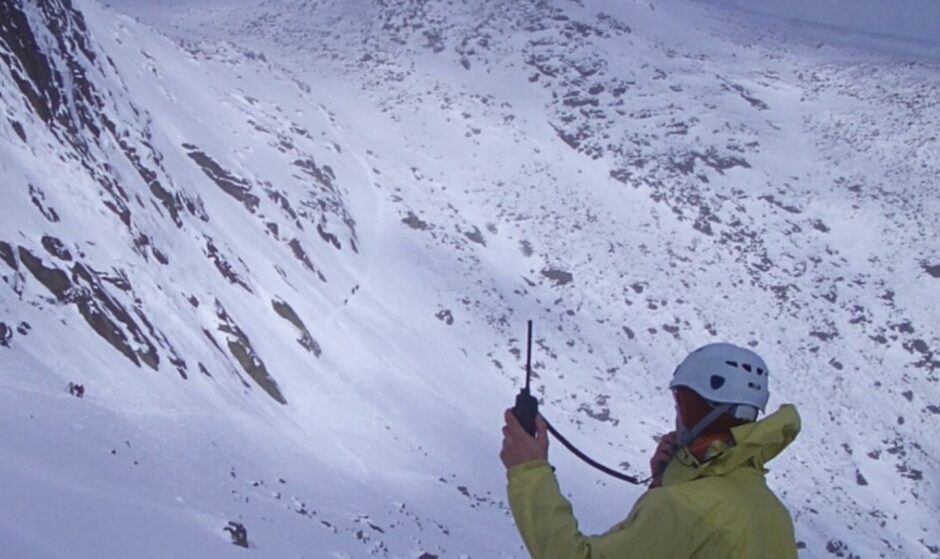 © SYSTEM
© SYSTEM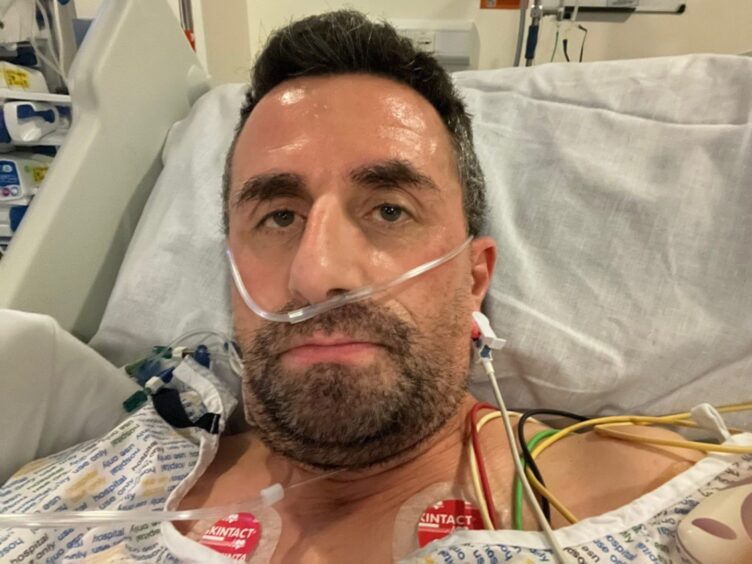 © Supplied
© Supplied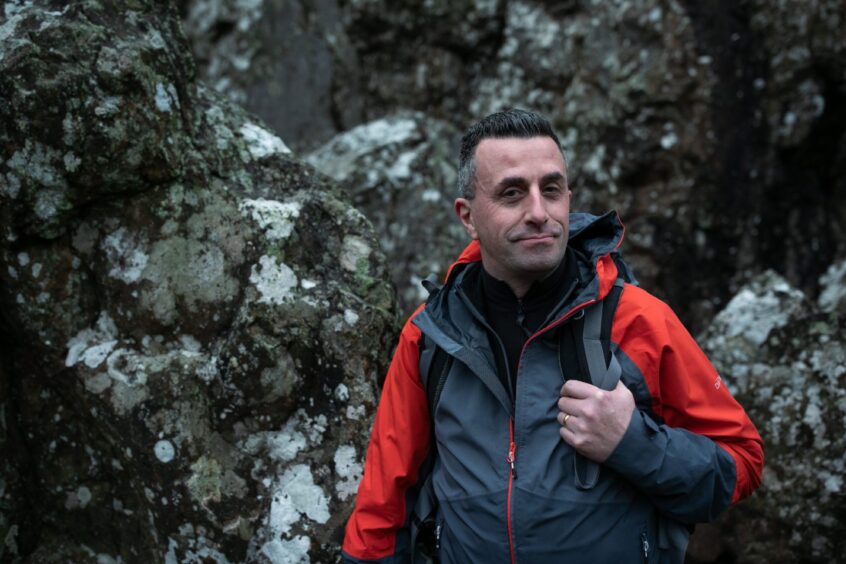 © Andrew Cawley
© Andrew Cawley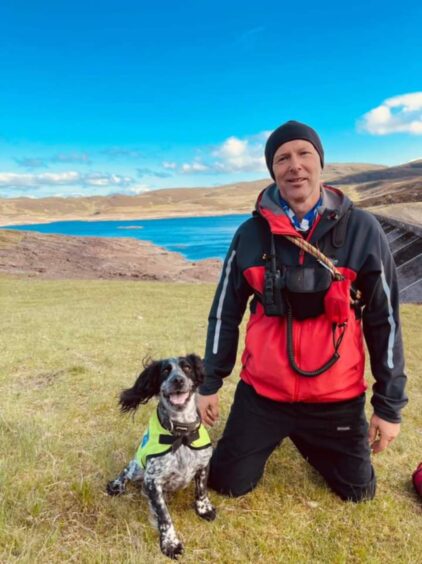 © Supplied
© Supplied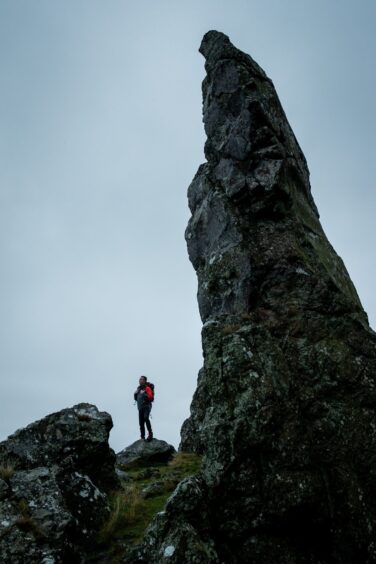 © Andrew Cawley
© Andrew Cawley